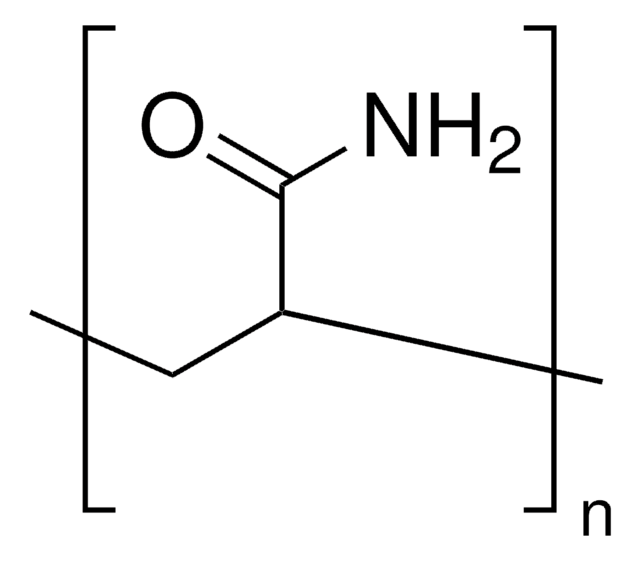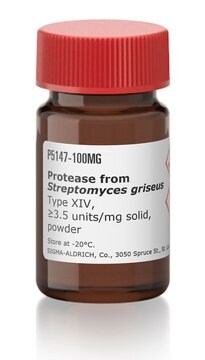181609
Polycaprolactone
average Mw ~65,000, average Mn ~42,500, pellets
Synonyme(s) :
Homopolymère de 2-oxépanone, Polymère de 6-caprolactone
About This Item
Produits recommandés
Forme
pellets
Indice de fusion
1.9 g/10 min (80°C/0.3 Mpa)
Poids mol.
average Mn ~42,500
average Mw ~65,000
Résistance à l'impact
82 J/m (Izod, ASTM D 256-73A, notched)
Dureté
55 (Shore D, ASTM D 2240-75)
Pf
60 °C (lit.)
Élongation
2 in/min - 600-1000% (ultimate)
Vous recherchez des produits similaires ? Visite Guide de comparaison des produits
Application
Caractéristiques et avantages
Non toxique, biodégradable dans le sol, large miscibilité, compatibilité mécanique avec de nombreux polymères, et bonne adhérence à un large spectre de substrats.
Code de la classe de stockage
11 - Combustible Solids
Classe de danger pour l'eau (WGK)
WGK 3
Point d'éclair (°F)
Not applicable
Point d'éclair (°C)
Not applicable
Équipement de protection individuelle
Eyeshields, Gloves, type N95 (US)
Faites votre choix parmi les versions les plus récentes :
Déjà en possession de ce produit ?
Retrouvez la documentation relative aux produits que vous avez récemment achetés dans la Bibliothèque de documents.
Notre équipe de scientifiques dispose d'une expérience dans tous les secteurs de la recherche, notamment en sciences de la vie, science des matériaux, synthèse chimique, chromatographie, analyse et dans de nombreux autres domaines..
Contacter notre Service technique





